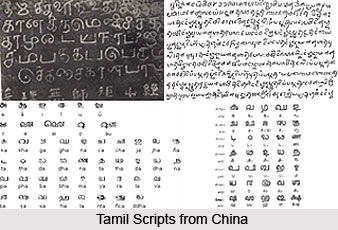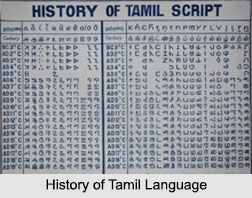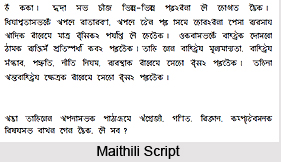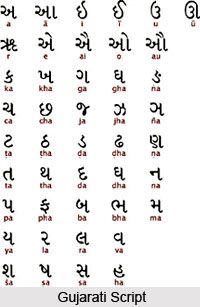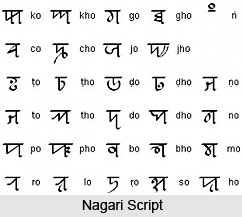Vedic Grammar of Sanskrit Language had a subjunctive absent in Panini`s grammar. It is believed to have disappeared in common sentence constructions. All tenses could be coupled in the subjunctive moods.
There was no fixed use of tenses. In Vedic Sanskrit there are more than twelve ways of forming infinitives. Supposed declinations and verbal conjugation changed pronunciation. Vedic Sanskrit allowed the forms daivas-daiva-daivasas. It also declined forms such as asmai, tvai, yusmai, tva and so on. Veda grammar is important from various aspects. In the early hymns many words have been preserved. For instance Night in the later Sanskrit is nisa, which is a form peculiarly Sanskritic. The Vaidik nas or nak, night, has similarities to Latin.
Mouse in the common Sanskrit is mushas or mushika. These are derivative forms if compared with the Latin mus, muris. The Vaidik Sanskrit has preserved the same primitive noun in the plural musk as in its Latin counterpart mures. There are other words which were lost altogether in the later Sanskrit. Dyaus, sky, occurs as a masculine in the in the Veda and bears witness to the early Aryan worship of Dayus, the Greek Zeus. Ushas, dawn. It is feminine in the Veda. Declination and conjugation are richer in forms, however unsettled in their usage. No subjunctive mood existed in the common Sanskrit.
Vedic Sanskrit had a voiceless labial consonant blatant and a voiceless velar fricative which used to occur when the breath visarga appeared before voiceless labial and velar consonants. Many of them were lost in Classical Sanskrit in order to give way to the simple visarga.
Vedic Sanskrit had a duplicate lateral approximant. Vedic pronunciations are used in some regions like southern India, Maharashtra. Vedic grammar also had a separate symbol for retroflex. The pronunciations of syllabic and their long counterparts could not retain their pure pronunciations. It had started to be pronounced as short and long variations.
The vowels e and o were realized in Vedic Sanskrit as diphthongs. The vowels ai and au were realized in Vedic Sanskrit as long diphthongs. The Sanskrit of the Vedic age had a pitch accent which could even change the word meanings. The pitch accent can be heard only in traditional Vedic chantings. All syllables carrying an independent svarita must revert to a sequence of two syllables, the first carries an udatta and the second a dependent svarita. Early Vedic was not a tone language but a pitch accent language. Pitch accent was not restricted at that time. Vedic Sanskrit grammar allowed two like vowels to come together without any merger during Sandhi.
